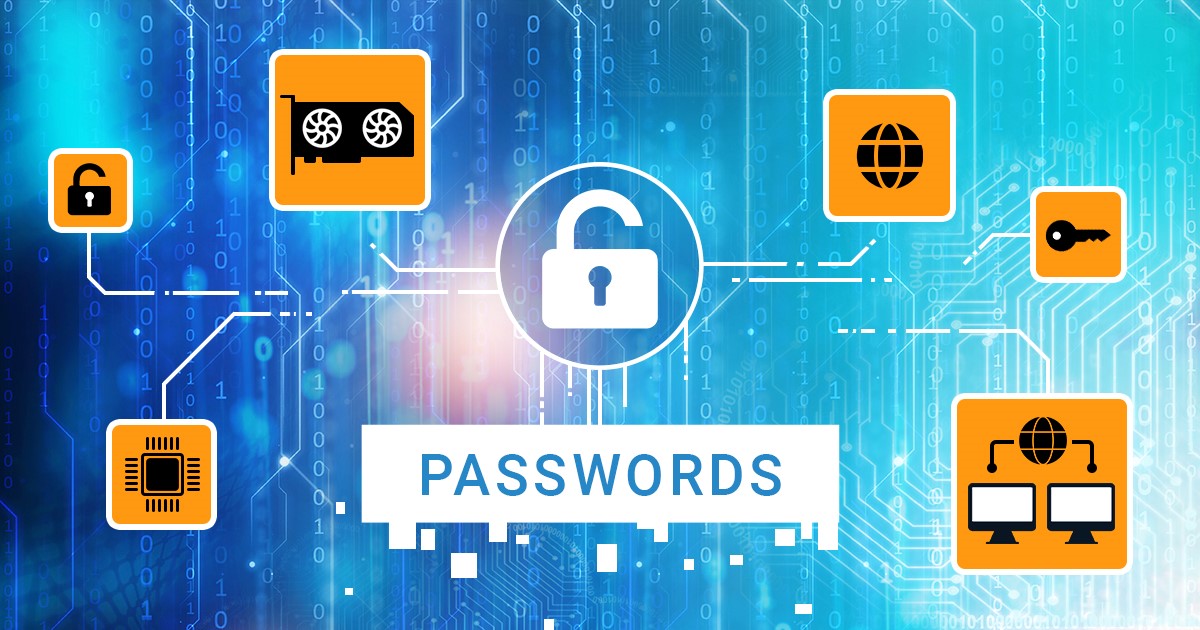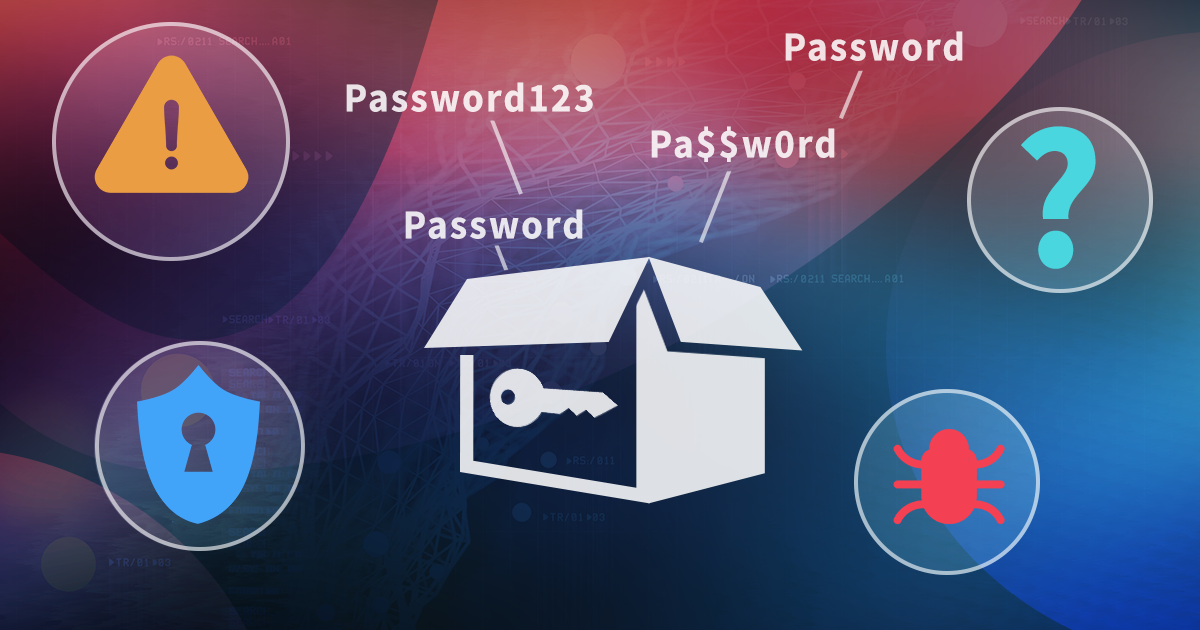Accessing the content of password-protected and encrypted documents saved as DOC/XLS files (as opposed to the newer DOCX/XLSX files) is often possible without time-consuming attacks regardless of the length of the password. Advanced Office Password Recovery enables experts quickly breaking the encryption of password-protected DOC and XLS files, which are Microsoft Word and Excel documents saved by modern versions of the app in the “compatibility” format. Organizations are still using the “compatible” Office 97/2000 formats for their document workflow.
We are continuing the consolidation of our product line, now adding WordPerfect and Lotus office apps into Advanced Office Password Recovery. The tool can help experts unlock a host of digital document formats including Microsoft Office, OpenDocument, Hangul/Hancell, and many others without lengthy attacks.
Windows 11 introduces increased account protection, passwordless sign-in and hardware-based security. What has been changed compared to Windows 10, how these changes affect forensic extraction and analysis, and to what extent can one overcome the TPM-based protection? Read along to find out!
Elcomsoft System Recovery speeds up in-field investigations by providing experts with a forensic tool they can use by booting a PC from a dedicated USB media. The recent update extended the functionality of the tool by adding three new forensic tools.
Most password protection methods rely on multiple rounds of hash iterations to slow down brute-force attacks. Even the fastest processors choke when trying to break a reasonably strong password. Video cards can be used to speed up the recovery with GPU acceleration, yet the GPU market is currently overheated, and most high-end video cards are severely overpriced. Today, we’ll test a bunch of low-end video cards and compare their price/performance ratio.
Cloud backups are an invaluable source of information whether you download them from the user’s iCloud account or obtain directly from Apple. But why some iCloud backups miss essential bits and pieces of information such as text messages, particularly iMessages? The answer is “end-to-end encryption”, and there’s more to it than just backups.
Do you have to know which SoC a certain Apple device is based on? If you are working in mobile forensics, the answer is positive. Along with the version of iOS/watchOS/iPadOS, the SoC is one of the deciding factors that affects the data extraction paths available in each case. Read this article to better understand your options for each generation of Apple platforms.
Over the last several years, the use of smart wearables continued to grow despite slowing sales. Among the many models, the Apple Watch Series 3 occupies a special spot. Introduced back in 2017, this model is still available new, occupying the niche of the most affordable wearable device in the Apple ecosystem. All that makes the Series 3 one of the most common Apple Watch models. The latest update to iOS Forensic Toolkit enables low-level extraction of the Apple Watch 3 using the checkm8 exploit.
The fifth beta of iOS Forensic Toolkit 8 for Mac introduces forensically sound, checkm8-based extraction of Apple Watch Series 3. How to connect the watch to the computer, what data is available and how to apply the exploit? Check out this comprehensive guide!
Last month, we released the tool and published the guide on forensically sound extraction of the iPhone 7 generation of devices. Today, we have added support for the iPhone 8, 8 Plus, and iPhone X, making iOS Forensic Toolkit the first and only forensically sound iPhone extraction tool delivering repeatable and verifiable results for all 64-bit iPhone devices that can be exploited with checkm8. While the previous publication talks about the details on acquiring the iPhone 7, there are some things different when it comes to the last generation of checkm8-supported devices.


